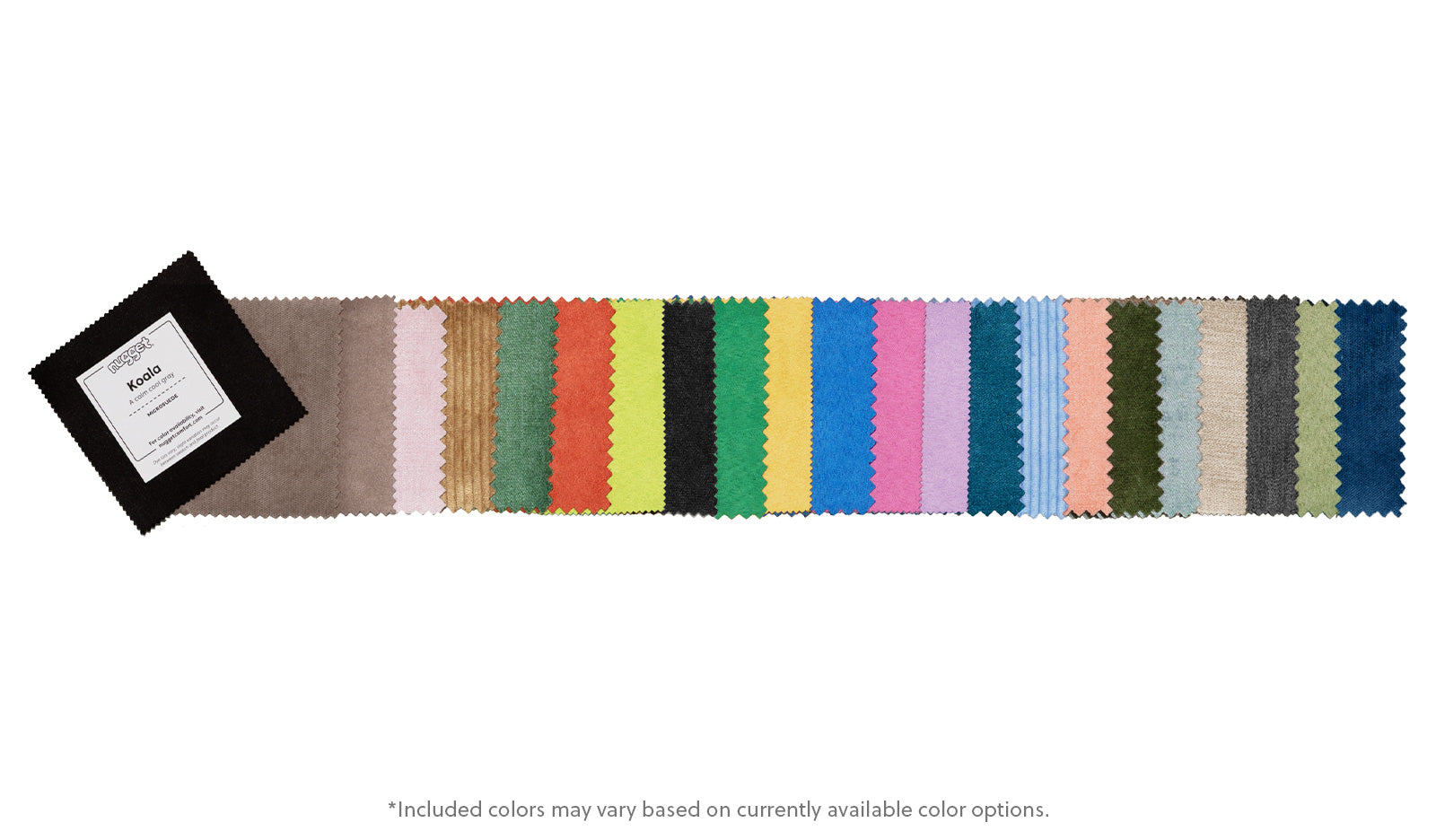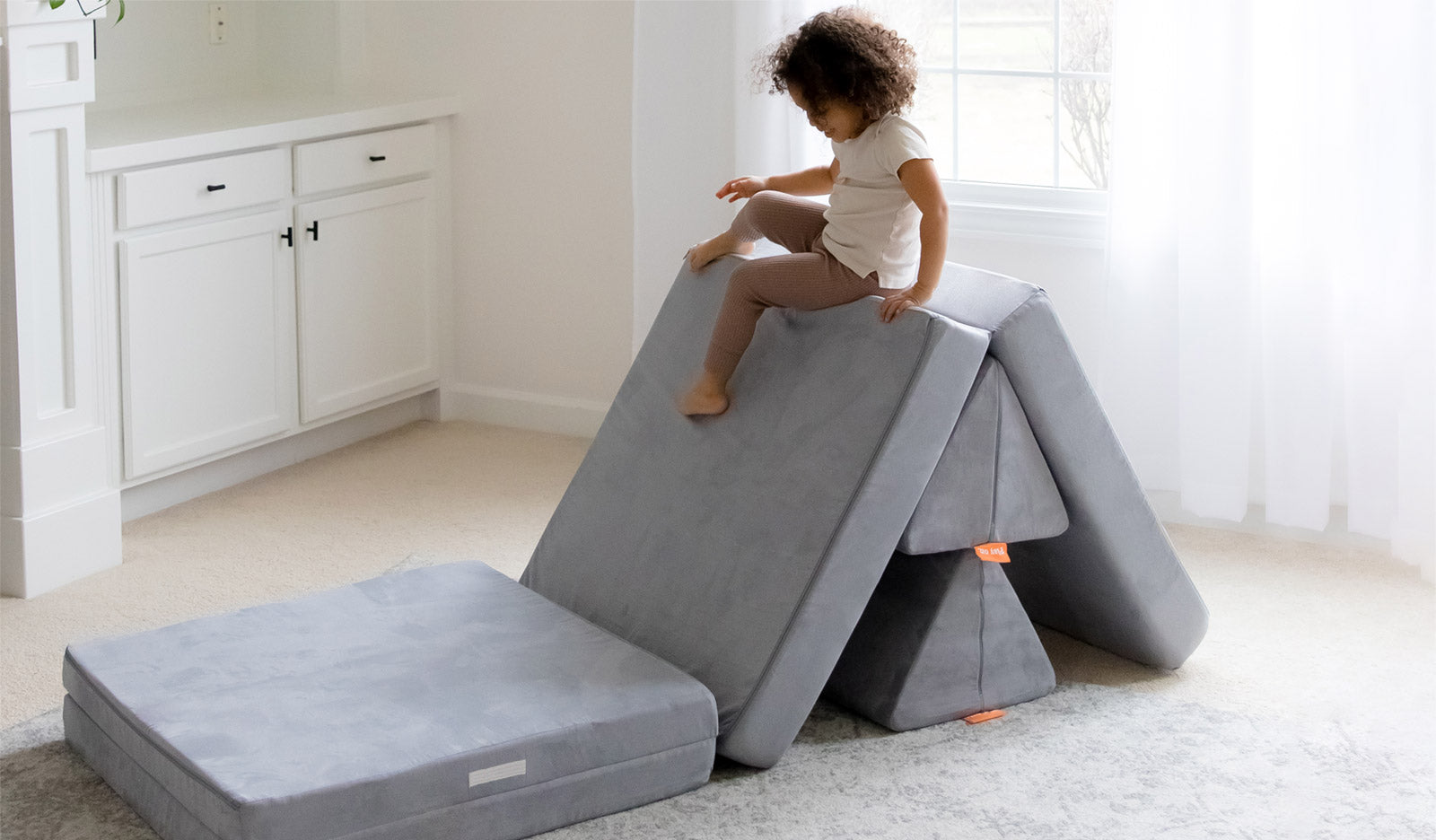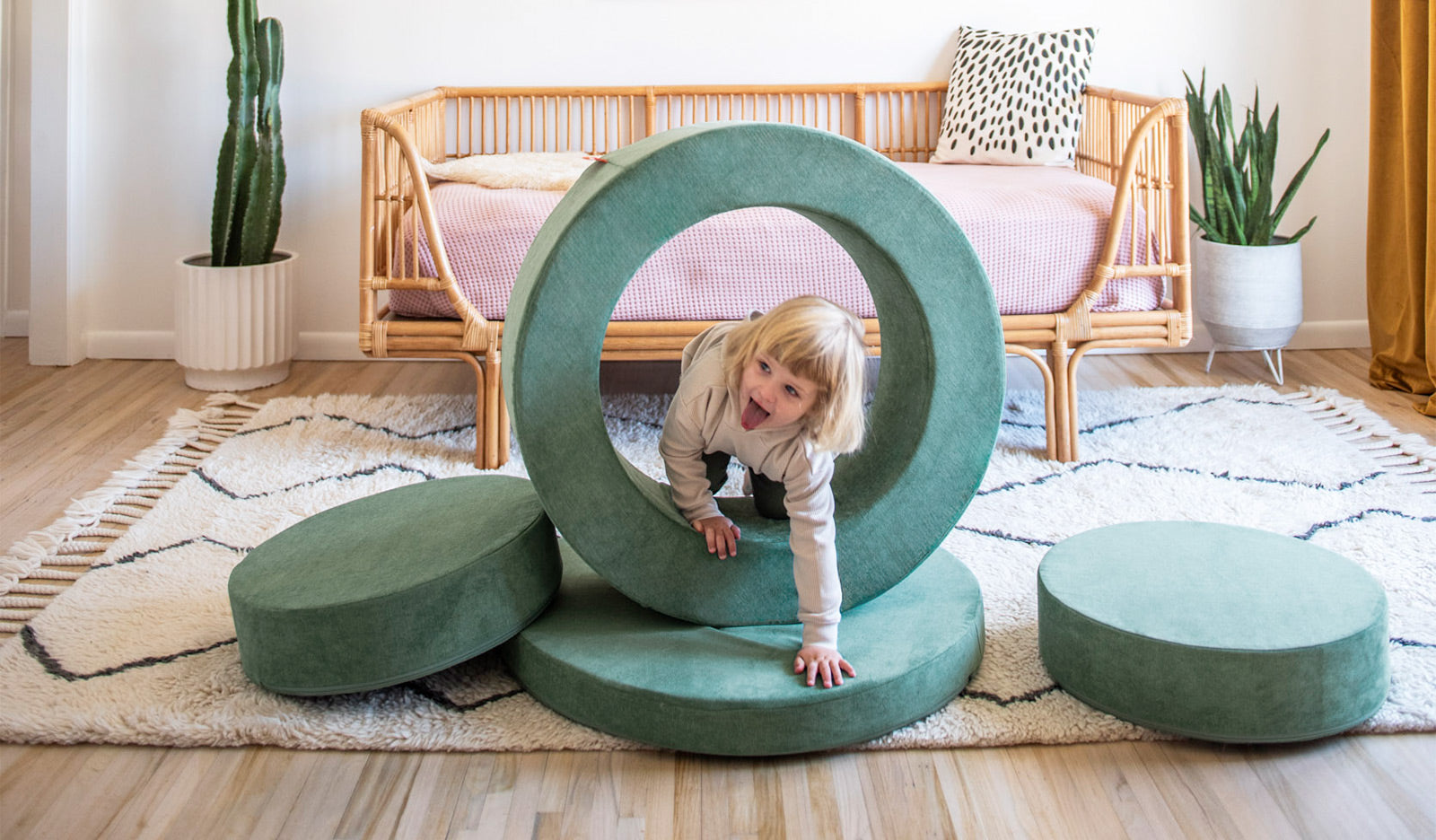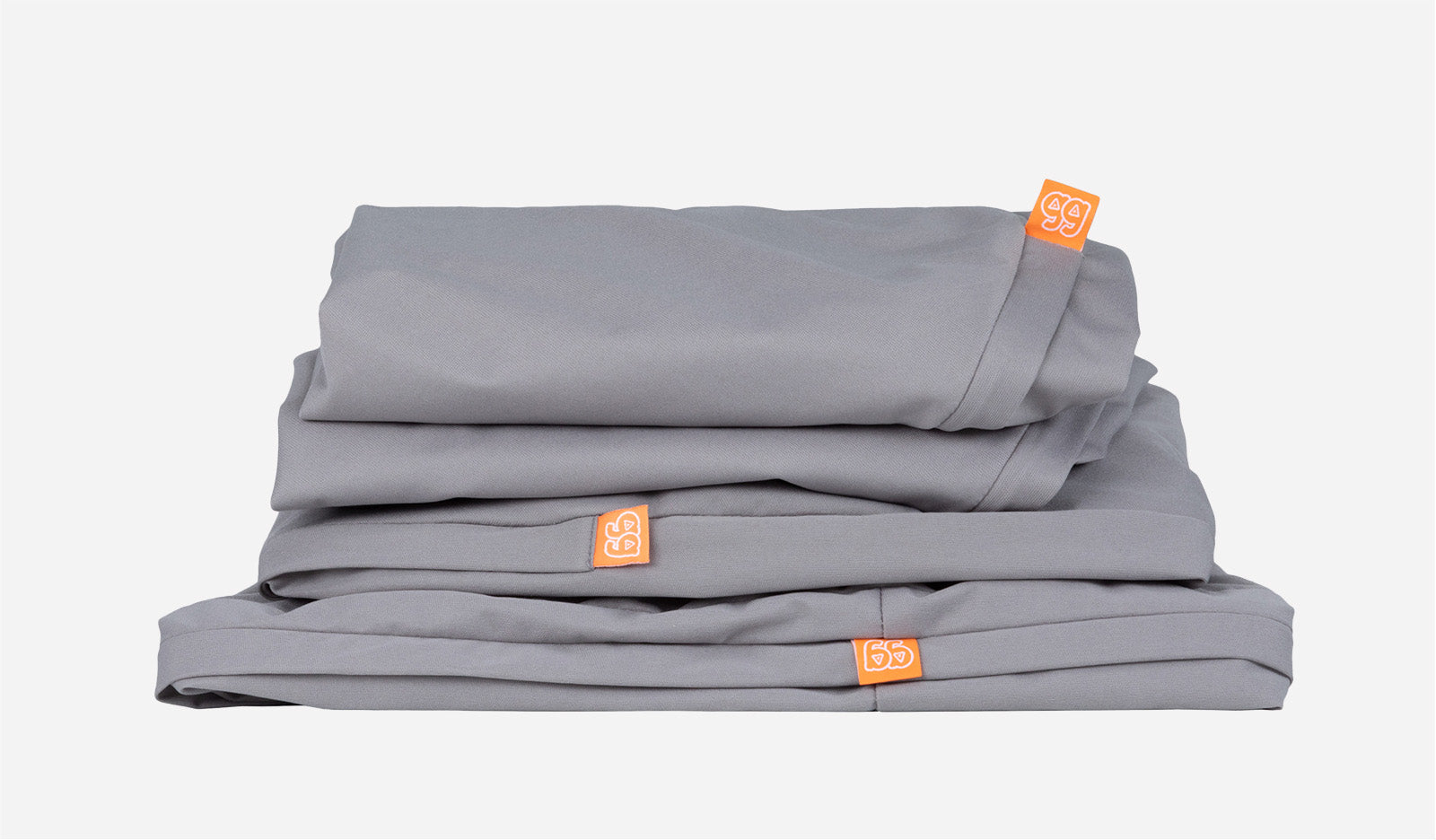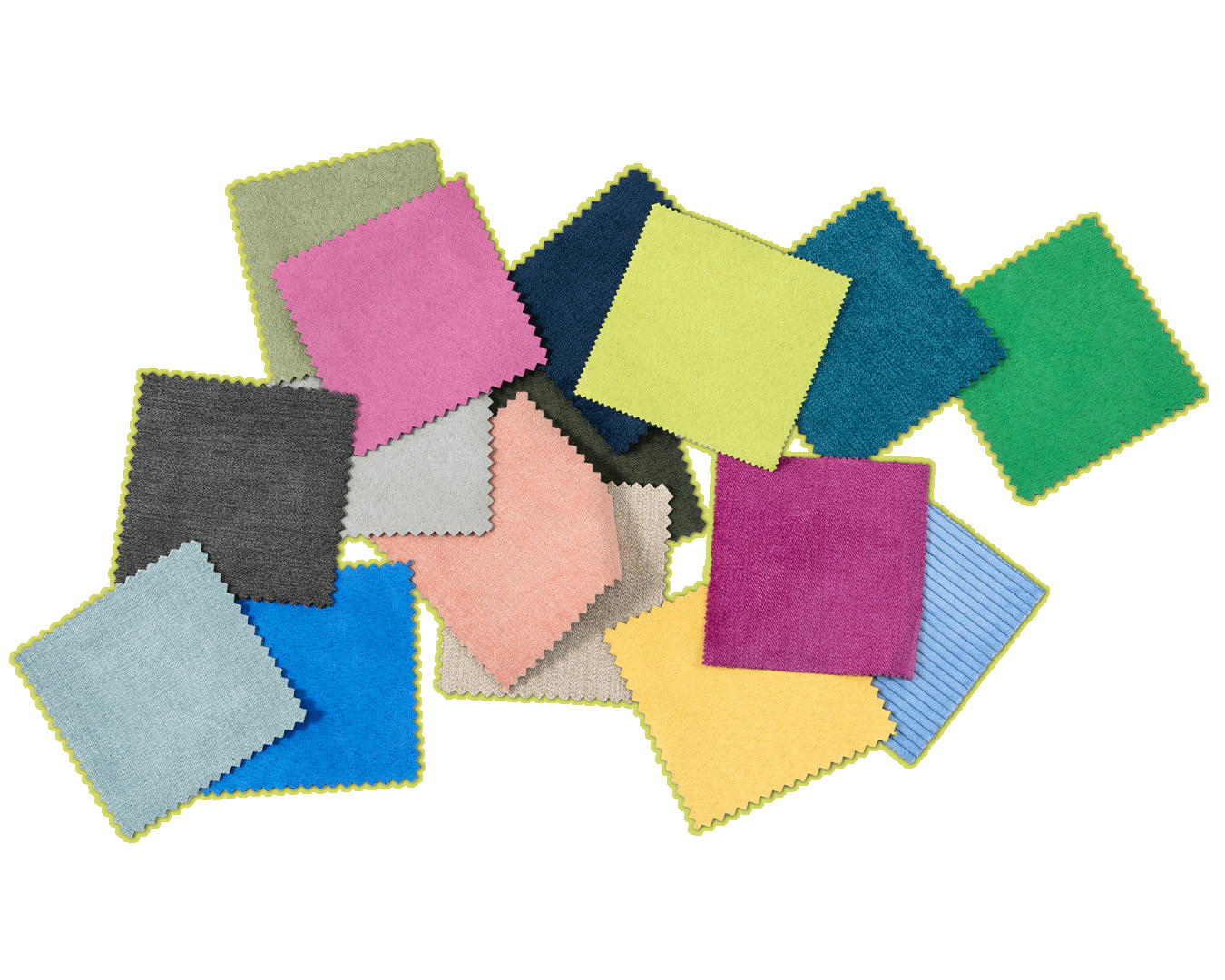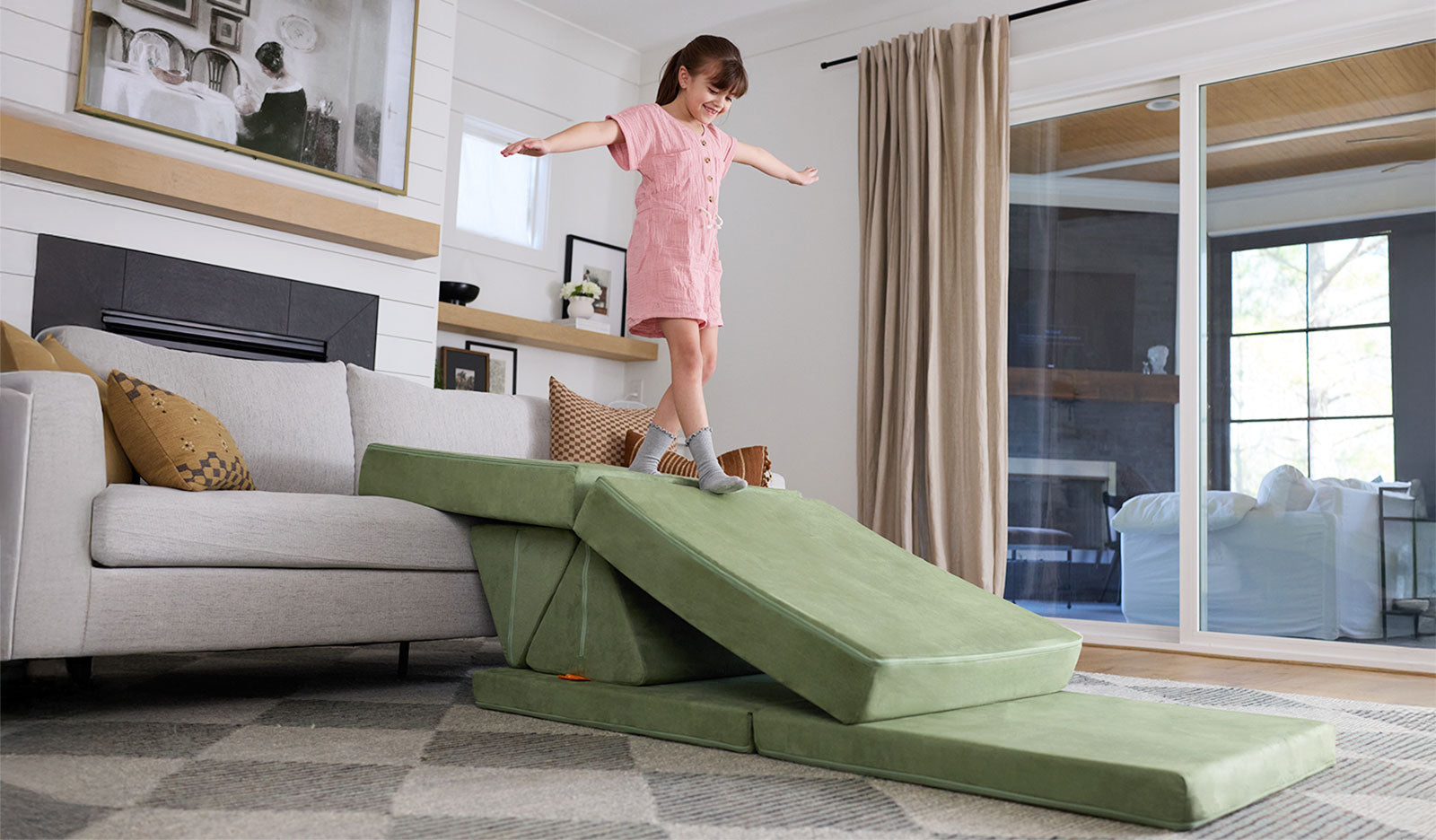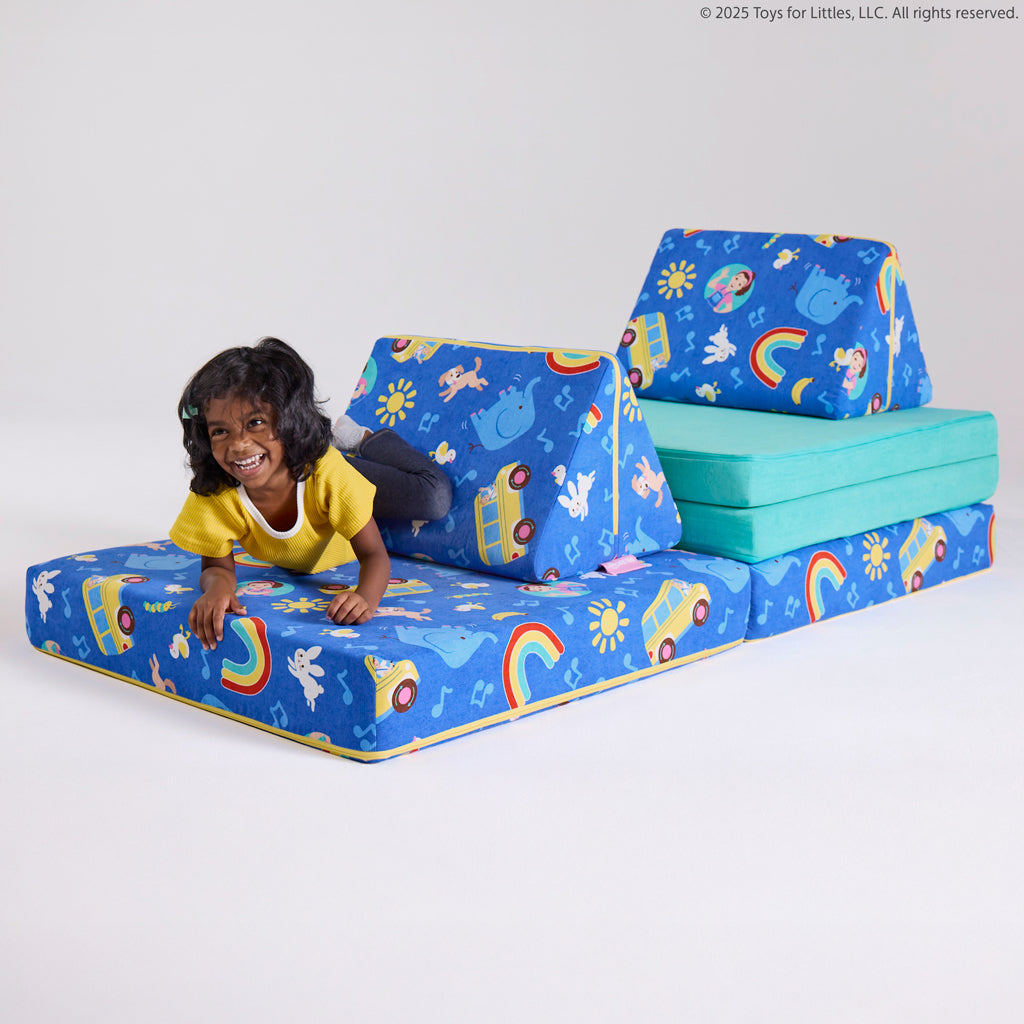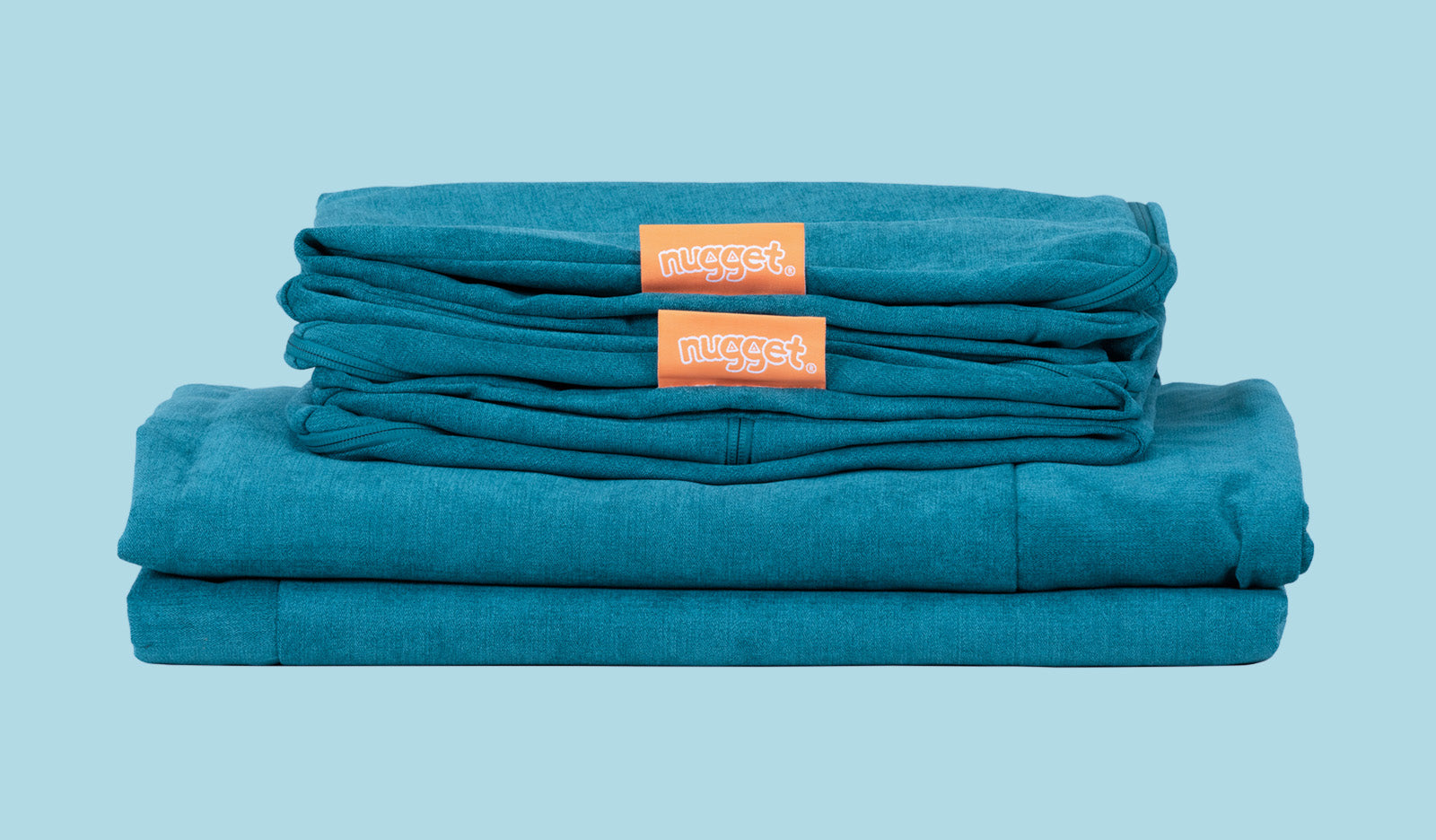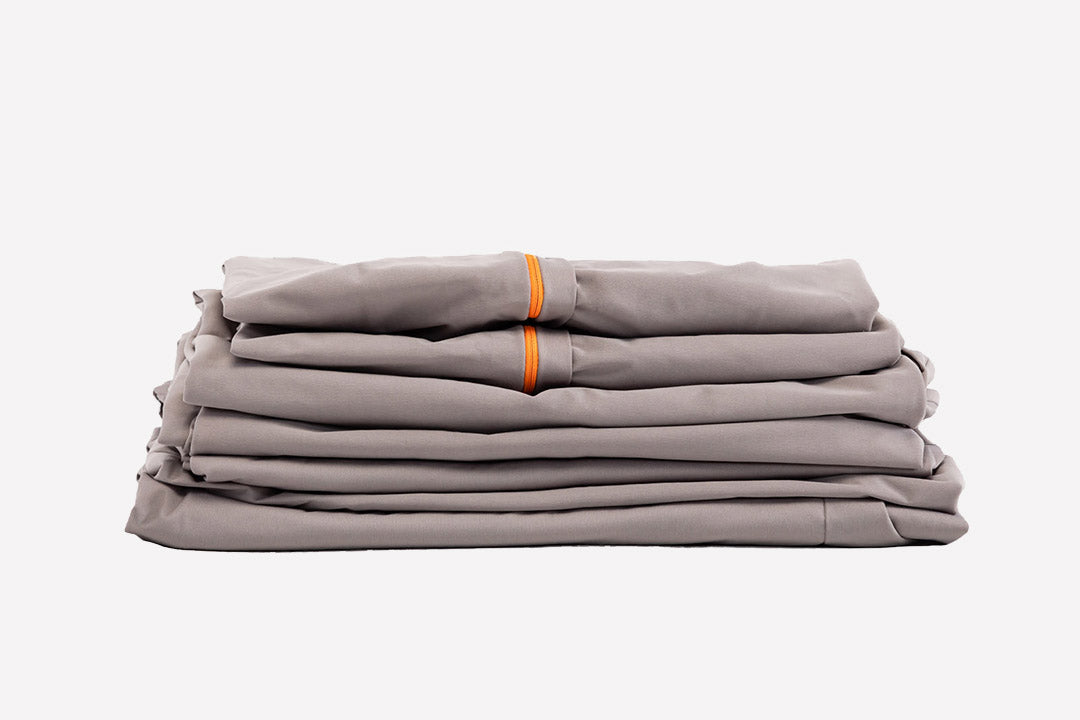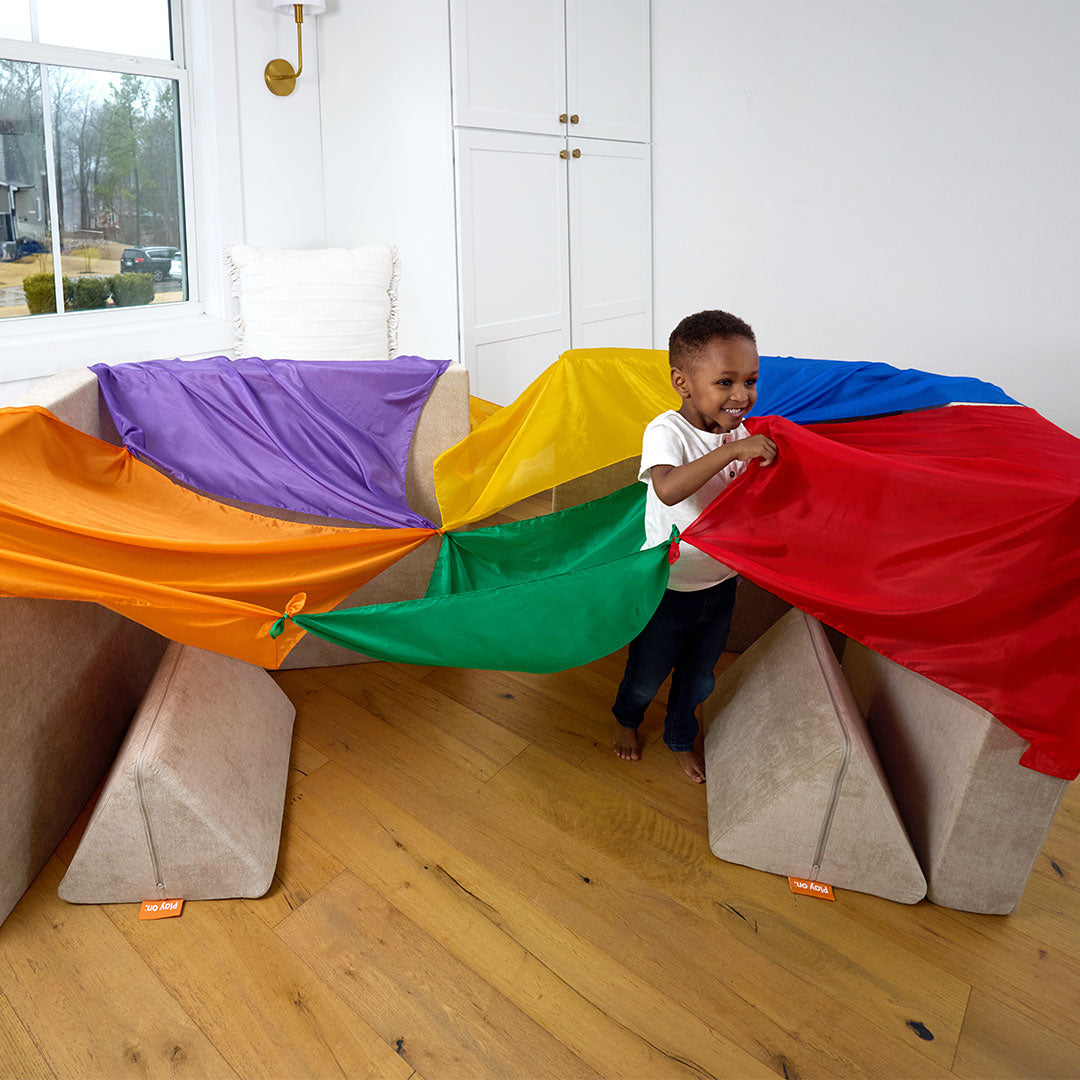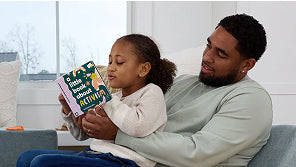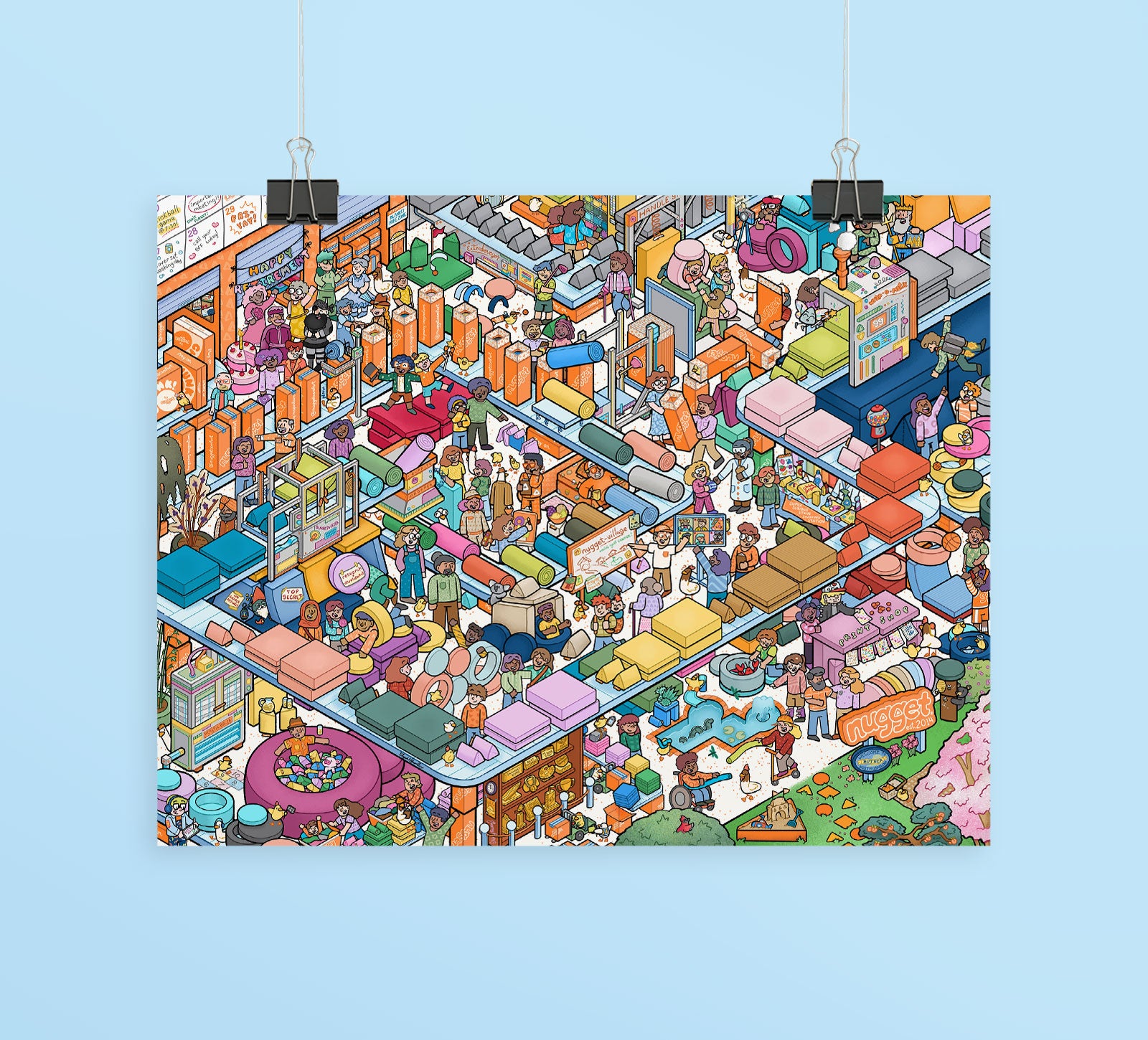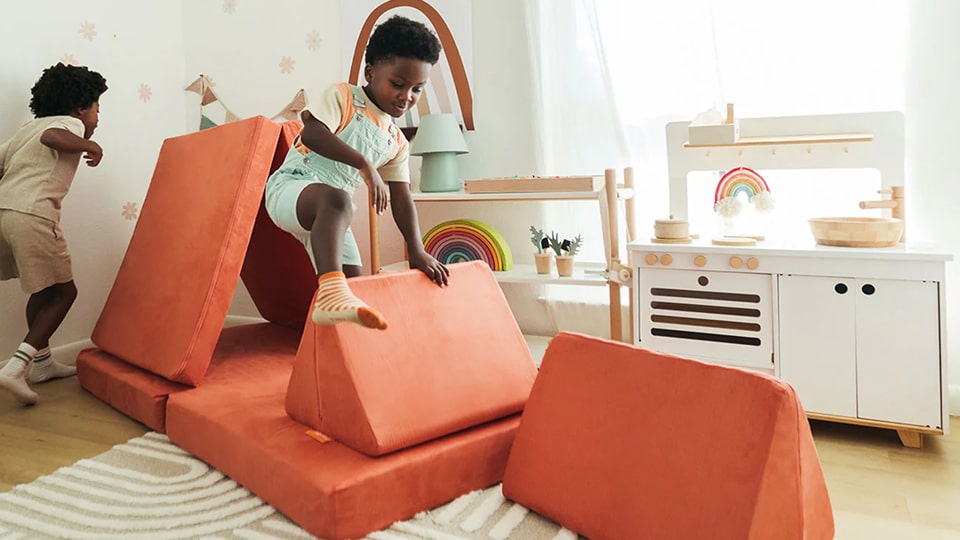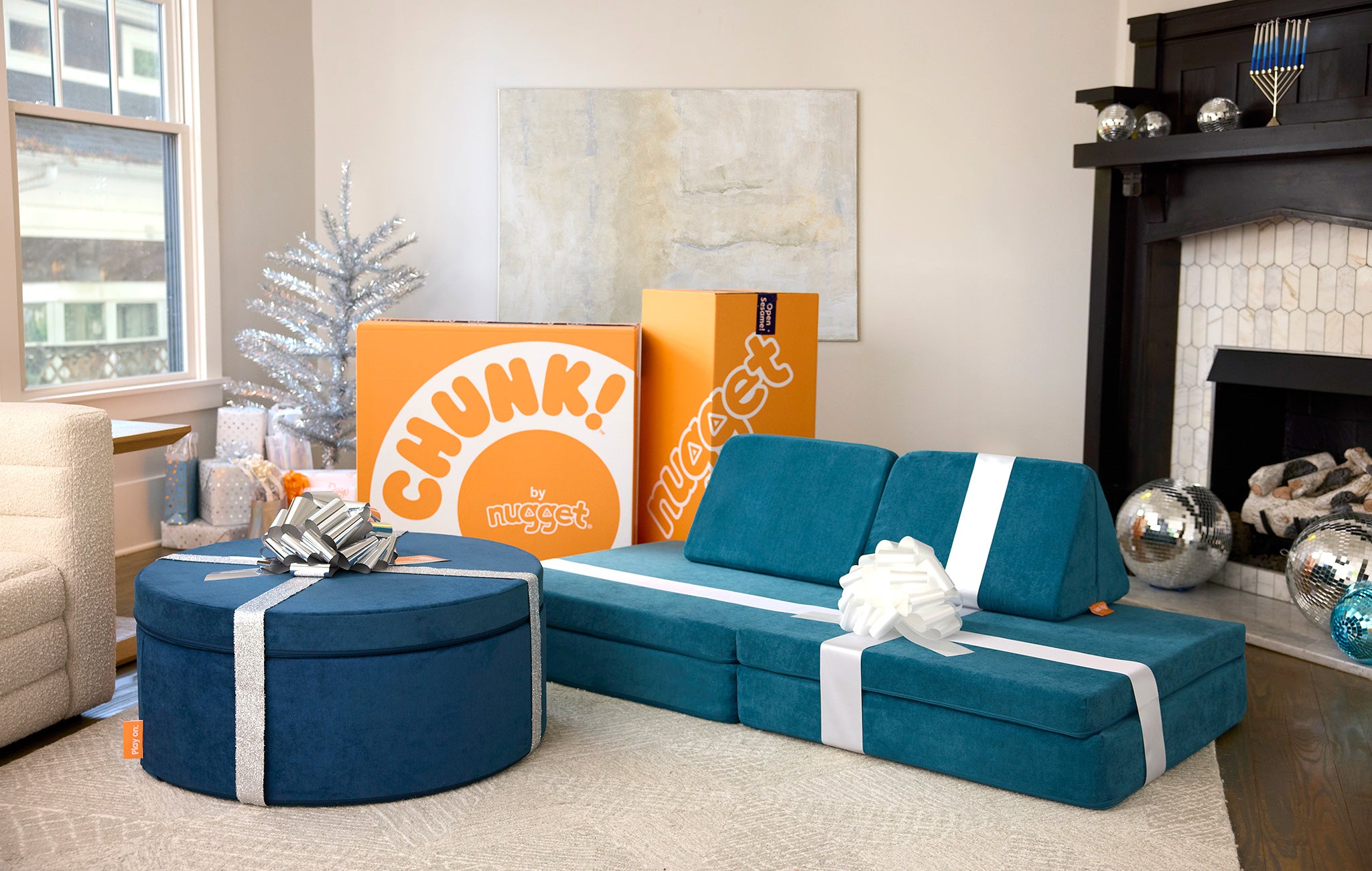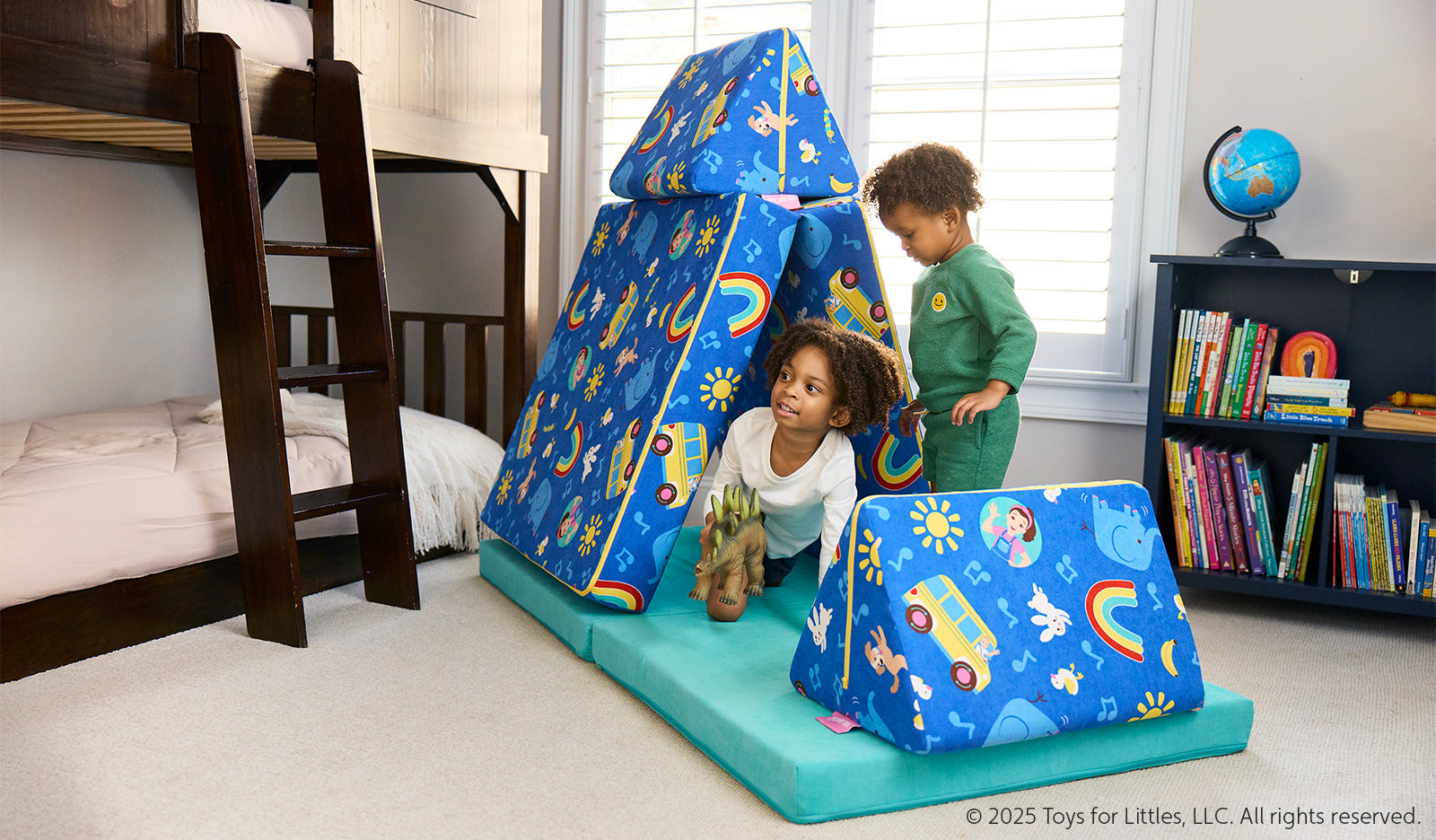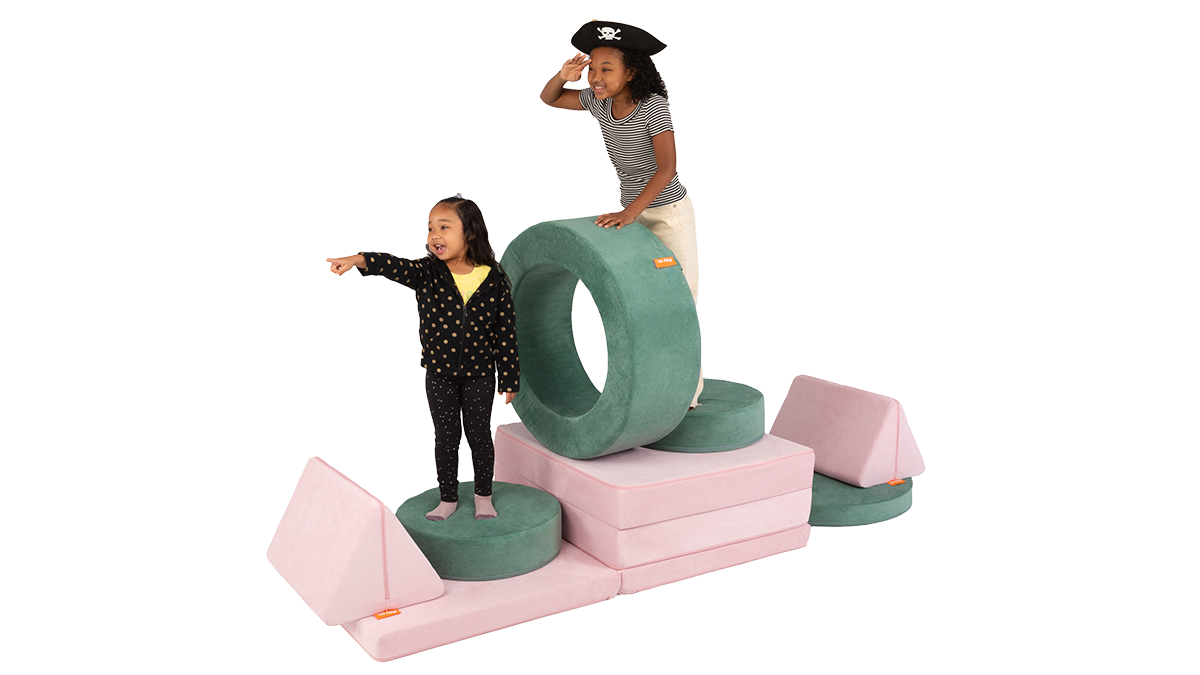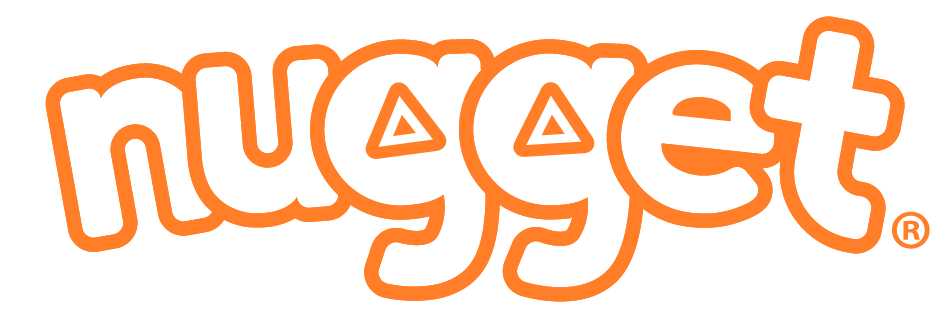The Role of Open-Ended Toys in Purposeful Play

Content Manager Allie connected with Alanna Gallo of Play Learn Thrive for a chat about her favorite open-ended toys, the role of purposeful play in early childhood development, and why she’s not a big fan of toy rotation.
How did you get into the field of parent education?
I’m a former public school teacher. This is actually my first year where I’m not going back and will instead work full time on Play Learn Thrive! During my time in the classroom, I noticed that my high schoolers were struggling with soft skills — expressing curiosity, regulating their emotions, risk taking — so I started doing some research. It all goes back to early childhood development and teaching these social-emotional skills early on! I was very nervous that my kids were going to end up in the same way, incapable of doing things for themselves, hand holding for every little task, and I wanted to build these skills and confidence for my kids. If I felt that way, I knew other parents probably did too.
What are you most passionate about teaching parents?
I started doing all the research I could do about child psychology and development and found that the area of highest impact is educating parents about how early childhood impacts the development of their kid. What you do in early childhood will impact how your child interacts with the world as they grow older. Learning about purposeful play and independent learning can be such a game changer for parents.
What do you mean when you say “purposeful play”?
A lot of parents don’t necessarily understand how important play is and what that looks like. In our culture and society, and here I’m speaking primarily about the US, Australian, and UK culture, I feel like a lot of parents think of play as signing up for classes or sports, these adult-led activities. Additionally, our kids are just in a place where they are constantly being supervised by adults in this day and age, so our kids don’t have as much time to play within their own imagination. That’s detrimental!
The term purposeful play for me is really understanding the importance of play and being intentional about providing time and space for your kids away from you where they are engaging in open ended play that is totally child led and free from adult interaction or direction. We have a tendency as adults to jump in and ask questions or get down on the floor and start to add in to whatever our child is doing, and that’s an interruption to them. Their whole purpose as a child is to play. That’s how they learn. When they are building something or pretending something, they are in their own flow. It’s often us adults who interrupt or alter the flow, imposing our own limitations or ideas on them.
It seems to me that part of purposeful play is providing open-ended toys. Can you elaborate on what you mean when you refer to a toy as “open-ended”?
Open-ended toys represent endless possibilities. For example, a simple cardboard box. Parents always joke that, “Oh, I buy them a present and all they want to do is play with the box.” Well, there’s a reason for that. They can do anything with that box. It can be a fort, a rocket ship, a boat, a car, a hiding spot. It’s something that doesn’t do more than 10% of the work; children should be doing 90% of the work of play, otherwise it’s passive play that doesn’t provide the same learning opportunities.
There’s a spectrum to open-ended toys as well. For example, dolls: they aren’t necessarily as open ended as a box, but they are open ended because they can empower the child to be anything that they want, like a doctor, a friend going on a ride in a car, a caretaker, etc.
What are some of your favorite open-ended toys?
Other than the Nugget, I’d say:
- Play silks: One of the most underrated toys out there, perfect for encouraging imagination and creativity.
- Pikler triangle: A simple way to introduce healthy risk-taking at a young age.
- Loose parts: The versatility for play and learning is incredible; children can use loose parts to build, sort, dump, count.
- Magnetic tiles: Building toys encourage and help children learn STEM concepts through play.
- Dolls: Provides so many opportunities for children to learn social skills and empathy.

What are some common questions you get about open-ended toys?
The biggest is parents not knowing what that means! In the US, open-ended toys aren’t valued in the same way. You don’t see wooden blocks in advertisements during the Super Bowl, you know, so there’s this educational piece that people don’t know that these are so good for kids.
But, people intrinsically understand! People say how the kids just want to bang on pots and pans, or play with Tupperware… I want to help continue to point out to parents why that’s so important. The lack of understanding and culture here is so geared towards teaching kids things versus allowing kids to learn, and I think there’s a huge difference. Kids don’t need to be taught how to play, we don’t teach them to walk or roll over or sit, they learn those things through active engagement and exploration. They learn how to talk by having conversations, they learn how to roll by being on the floor. We take that away from them by providing them toys that sing and talk and do all these things, it’s over stimulating and takes away from the play experience.
How do you navigate this with gift giving?
Part of it is generational, for sure, it can be a love language where they don’t want to give a gift card or experience. You have to communicate, including a bit of education about why the expense is worth it for some of these toys because they will play with it forever. If you can educate them about your toy philosophy, it really helps. Two things that we always say we’d love are art supplies and books. Art supplies are so nice because there is such a broad price point and all gifts are useful, from a $5 marker set to a standing easel. 
What are your tips for setting up a play area to support emotional, physical and social learning?
Broken record here, but open-ended toys! Be really intentional and minimal in your space; kids are going to be overwhelmed if there is too much stuff, the same way as adults are. Make sure you have space for the following spaces:
- Gross motor
- Fine motor
- Sensory
- Reading
- Emotional regulation (calm down space)
- Dramatic play
- Artspace
You can find more information about these spaces here. The big thing for me though is, once it’s set up, parents… get out of the way! Kids need time and space away from you. You don’t have to be hovering over them. Let them climb on the Nugget! Keeping medical and safety in mind of course, but it’s important to give kids room to explore.
I see this at the playground, parents going up the play structure with their kids. If you have a cautious kid, I’d say to that child, “Do what you’re most comfortable with. I’m not coming with you.” If that means that child is playing with the wood chips, that’s fine! When we put kids in places where they aren’t comfortable, that’s where they get hurt or feel pushed beyond where they are feeling safe.
You’ve been a long-time Nugget supporter. I’m curious, from a purposeful play perspective, why you’re such a fan?
Absolutely. I’d say my top three reasons are:
- It's open-ended which means endless possibilities for imaginative play.
- The Nugget encourages movement which helps with gross motor development.
- It invites mixed-age play because it's a toy that can be used by kids of all ages.

What are your thoughts on toy rotation?
One of my biggest issues is that I cannot keep up with it. I have 4 kids under the ages of 6 and I have just no time to do that. Even if I had the time though, it’s not for me, it’s just one more thing for me to remember. My solution? Don’t have so many toys that you have to rotate! If it’s such a big deal, you probably have too many toys in the first place. How this works for our family:
- Be strategic about where you put toys. We spread stuff out between rooms. In my kids' rooms, we have a few things that are very specific for their interests. My son is really into building so he has a little table and wooden blocks in there. My daughter is much more into small world play, so she has her dollhouse there. It opens up the space in the play area.
- Keep out 10-12 very basic things: Magnetic tiles, a wobble board, the Nugget, wooden blocks, all very open-ended toys that are going to drive a lot of play. If you want to rotate, consider rotating the more close-ended toys.
Toy rotation just puts so much pressure on the parents! Parents are already so overwhelmed, I just feel like it’s totally unnecessary. Kids just need to be outside in the mud! They don’t need a Pinterest craft every day, they need to be able to go into a space and create messy, imperfect art and learn along the way. Do more by doing less. 
When you’re decluttering or streamlining a play space, how do you respectfully and effectively engage your kids in that process?
I start engaging them in that process from the very beginning, from when they can first start to engage in conversation or thought. At one point, my son was really into fire trucks and everyone knew that about him, so everyone got him little fire trucks. So nice, so thoughtful, and all of a sudden, we had four fire trucks! So I spoke to my son about it: “All these people bought us these things and we have a lot of them. There are a lot of families that don’t have as many, and it’s important to think about how we can give back to others. We have these four fire trucks, how many do you think we need?” He said two, and I asked him to pick his two favorite trucks and then we talked about what to do with the other two. We ended up donating them and it helped that he was involved in the whole process. Kids are more capable than we give them credit for.
 Many thanks to Alanna for taking the time to chat with Nugget. You can learn more about Play Learn Thrive on their website and Instagram.
Many thanks to Alanna for taking the time to chat with Nugget. You can learn more about Play Learn Thrive on their website and Instagram.
